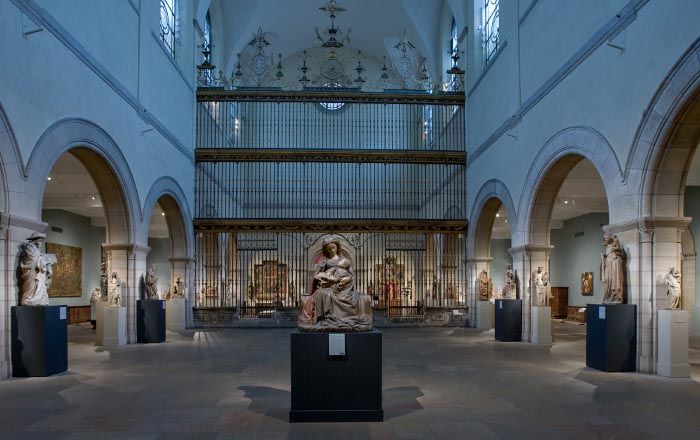Figure of a Seated Evangelist
Not on view
The tradition of representing the four Evangelists (Matthew, Mark, Luke, and John) seated at writing desks stretches back to the earliest Middle Ages and derives from ancient Roman author portraits. The pensive gaze of this figure, resting his hand on his chin as if lost in thought and awaiting divine inspiration, is especially typical for images of Mark. The open area on the back of this figure suggests that it once formed the base of a much larger object together with three other Evangelists.
Lost-wax casting, the technique of modeling sculptures in wax and then transferring the design to bronze or other metals using molds, is another tradition shared between ancient Rome and medieval Europe. Twelfth-century artists in the Mosan region (the valley of the river Meuse in modern-day Belgium, Germany, and the Netherlands) were particularly skilled in this art form, which they used to fashion candlesticks, processional crosses, and even baptismal fonts and other large-scale ritual objects. Many were melted down for their materials in later times, but sculptural elements like this were cherished by early collectors who recognized their artistic value.
